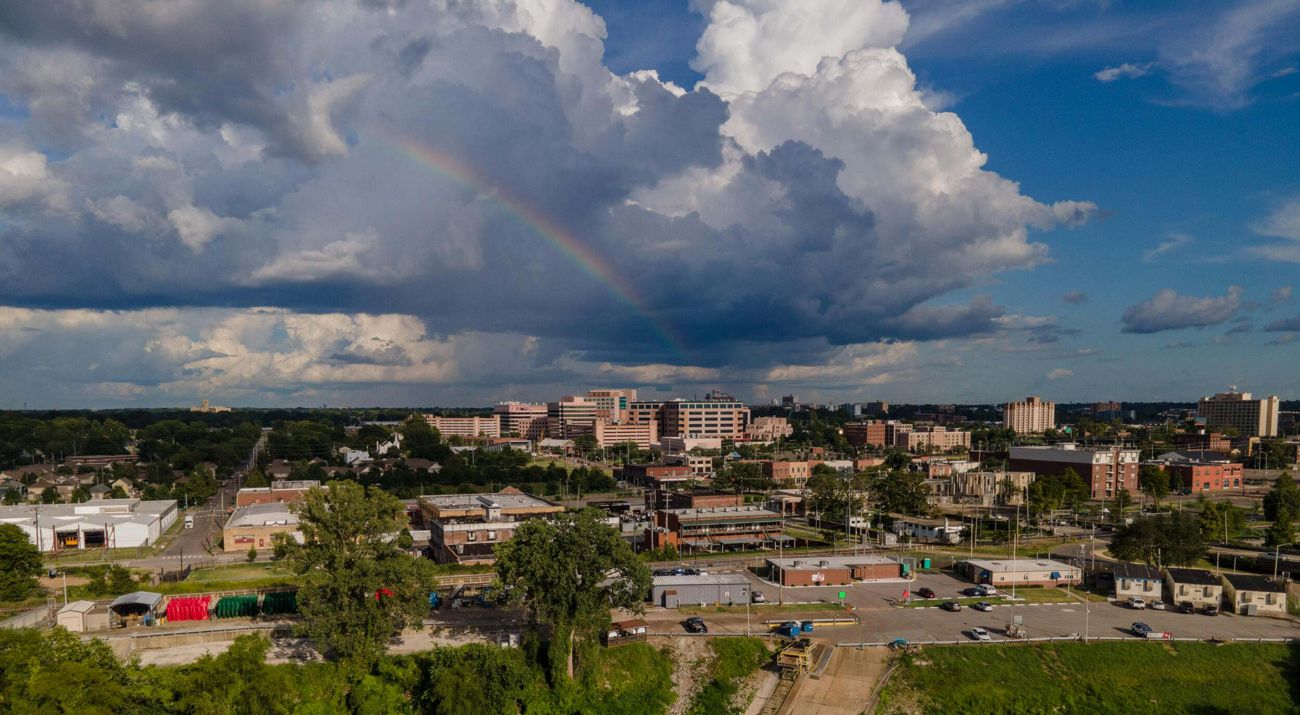This report stemmed from a need to plan future development and open space in the face of a growing population, as well as a devastating flood in 2010 that cost $1.19 billion in damages. This green infrastructure plan was developed as a collaboration between the mayor of Nashville-Davidson County and the Land Trust for Tennessee. The Conservation Fund led the consultant team that also included ACP Visioning | Planning, Hawkins Partners, and Clarion Associates. It lists four main goals, each of which are accompanied by a map displaying regions of highest importance, as well as a detailed and direct list of policy recommendations required to realize each one.
Year Published: 2011
State: Tennessee
Landscape Context: Inland
Housing Density: Suburban, Rural
Funding Type: Both (Public and Private)
Habitat Focus: Forest, Developed
Organizations Involved:
The Conservation Fund, Nashville-Davidson County, Land Trust for Tennessee
Values:
Water Quality, Floodplains/Flood Prevention, Open Space/Habitat, Recreation, Viewshed, Working Land, Historic/Cultural Sites
Stakeholder Involvement:
Stakeholders were consulted throughout the process; the report describes a stakeholder input process that resulted in respective weights for the 4 broad goals of the plan. The Advisory Committee represented many stakeholder groups, which additionally consulted focus groups and held three public forums.
Planning Process:
TCF led a team to identify and evaluate in unprecedented detail the natural areas of Nashville-Davidson County, TN. The three steps of the process were a generative phase (review existing projects and open space, consult stakeholders), an analytical phase (engage the public, map the resulting main goals), and a deliberative phase (outreach and implementation plans).
Desired Outcomes:
The Greenprint aims to protect open space in the four corners of the county, enhance the green urban core in downtown Nashville (raise the metro parkland from 3%, one of the lowest compared to similar cities), and protect land along each of the nine bends of the Cumberland River.
What It Accomplished:
At the time of its publication, the City of Nashville had already appropriated $5 million of its budget to the plan. TCF has since conserved Stones River Farm, a riverfront plot identified in the plan as a conservation priority that now connects a 1,500 acre area of open space and parkland. Since the plan was adopted by Nashville’s Park Board, the Metro government has spent over $15 million—including $5 million in capital bond funds—for open space acquisition, $10 million for greenway development, and $30 million for riverfront parks and greenways. This has been levered by funding from many other sources including the Joe C. Davis Foundation.
By the time Mayor Dean left office in 2015, Nashville had exceeded many of the 10-year goals outlined in the plan in just over five years. The open space plan articulated a goal of adding 3,000 acres of parkland in the next 10 years. As of 2015, over 4,500 acres had been added to Nashville’s park system, including key anchors at Antioch Park and Stones River Park that added to more than 500 acres protected by the Land Trust for Tennessee.
